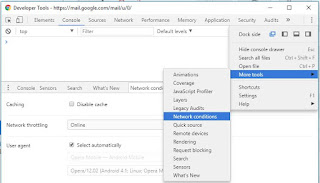Estimated Reading Time Indicator for online articles

I recently ran into an article ( Azure Site Recovery deployment planner ) in the Azure official documentation that showed its estimated reading time as 40 minutes! Generally, for their other articles the suggest reading time mentioned doesn't work for me due to my reading habits - I may go down some rabbit hole through a link in the article or take time to ponder on some points or illustration. Nevertheless, I love this feature as it gives a rough idea of the length of the article and I feel such a time estimator should be a native browser feature. Till that time, I guess a bookmarklet would be a good way to show estimated time to complete a web pages that doesn't have this indicator. How do web pages that provide this estimated time to complete reading accomplish this feature ? Apparently, there are quite a few plugins which work differently that publishers can add to their pages like ReadRemaining.js


